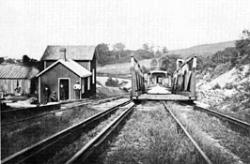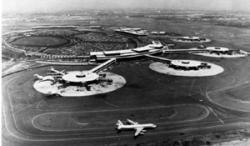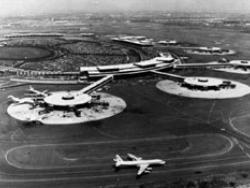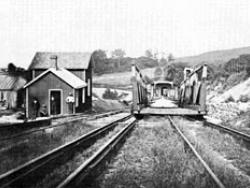Morris Canal was built to transport coal from the Lehigh Valley of Pennsylvania to industrial markets in Newark and New York. The total length of the canal was 106 miles. The canal climbed an astonishing 914 feet from Newark Bay to the summit at Lake Hopatcong, and then dropped 760 feet to the Delaware River at Phillipsburg. This gave the canal an average vertical slope of 18 feet per mile, steep compared to the contemporary Erie Canal's relatively gentle slope of one foot per mile.
Newark


In May 1927, the same month of Charles A. Lindbergh's famous transatlantic flight from New York to Paris, a fact-finding commission appointed by the U.S. Secretary of Commerce concluded that Newark would be the ideal location for an airfield to serve the greater New York/New Jersey metropolitan area.
Civic leaders wasted no time; construction began on the Newark Airport in January 1928. Nine months and $1,750,000 later, 68 acres of soggy marshland had been filled and converted to an airport.
Innovations

In May 1927, the same month of Charles A. Lindbergh's famous transatlantic flight from New York to Paris, a fact-finding commission appointed by the U.S. Secretary of Commerce concluded that Newark would be the ideal location for an airfield to serve the greater New York/New Jersey metropolitan…
Read More
Morris Canal was built to transport coal from the Lehigh Valley of Pennsylvania to industrial markets in Newark and New York. The total length of the canal was 106 miles. The canal climbed an astonishing 914 feet from Newark Bay to the summit at Lake Hopatcong, and then dropped 760 feet to the…
Read More

